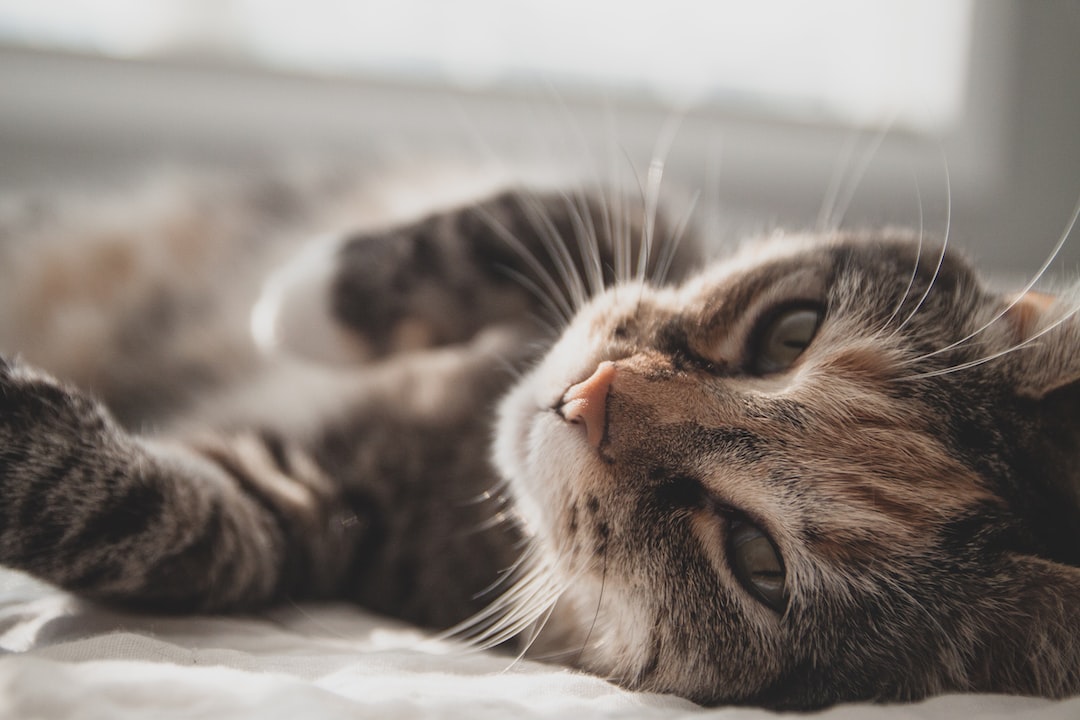Understanding Cat Behavior: Decoding the Mysteries of Your Feline Friend
Cats have been domesticated for thousands of years, yet they still retain many of their wild instincts. Their behaviors can sometimes seem mysterious and inexplicable to us humans. However, by delving into their natural instincts and carefully observing their behaviors, we can begin to decode the mysteries of our feline friends.
1. Communication Through Body Language:
Cats are masters of non-verbal communication. Observing their body language can provide valuable clues about their mood and intentions. For example, a relaxed and content cat will have a straight tail held upright, while an agitated cat will puff out its tail to appear larger. Understanding these subtle cues can help us react appropriately and avoid unnecessary conflicts.
2. Vocalizations:
While cats primarily communicate through body language, they also use a range of vocalizations to express themselves. From the gentle purr of contentment to the demanding meow for attention, each sound has its own meaning. In addition, cats may communicate with chirps, hisses, or growls to signal their intentions or emotions.
3. Hunting Instincts:
Cats are natural-born hunters, and their instincts drive much of their behavior. Even well-fed domestic cats will exhibit stalking behaviors, pouncing on toys, and chasing imaginary prey. This instinctual behavior keeps them mentally and physically stimulated. Providing them with appropriate toys and playtime can help satisfy their hunting instincts and prevent destructive behavior.
4. Territory Marking:
Cats are highly territorial beings. They mark their territory by rubbing their scent glands on objects or scratching surfaces, leaving behind pheromones that declare ownership. This behavior is used to establish their comfort zones and boundaries. Cat owners can help reduce territorial conflicts by providing multiple scratching posts, perches, and hiding spots.
5. The Power of Purring:
The gentle rumble of a cat’s purr is one of the most comforting sounds for cat owners. While it is often associated with contentment, purring can also be a sign of stress or pain. Cats may purr to soothe themselves in stressful situations or when injured. Understanding the context and accompanying behaviors can help us interpret the meaning behind their purring.
6. Sensitivity to Routine:
Cats are creatures of habit, and any changes in their routine can cause stress and anxiety. They thrive in a predictable environment where they know what to expect. Even small changes like rearranging furniture or introducing new smells can unsettle them. By providing a stable routine and gradually introducing changes, we can help them adapt more easily.
7. Socialization and Play:
While cats are often perceived as solitary animals, they do need socialization and playtime to thrive. They form strong bonds with their human companions and may become anxious or depressed if left alone for extended periods. Interactive play sessions and quality time together can help strengthen the bond between cat and owner.
8. Vertical Space Matters:
Cats have a natural inclination to climb and perch in high places. This behavior, often seen in their wild relatives, allows them to survey their environment and feel secure. Providing vertical spaces like cat trees or shelves can greatly enrich their living environment and prevent behaviors like countertop jumping.
9. Litter Box Etiquette:
Proper litter box usage is crucial to a cat’s wellbeing. Cats are extremely clean animals and prefer their litter box to be kept pristine. If a cat starts urinating or defecating outside the litter box, it can indicate an underlying health issue or a behavioral problem. Regular cleaning and providing enough litter boxes can help maintain good litter box etiquette.
10. Sensitivity to Stress:
Cats are highly sensitive to stress, and changes in their environment or routine can lead to behavioral issues. Common stressors include loud noises, new pets, or unfamiliar visitors. Providing them with safe spaces to retreat to and using pheromone diffusers like Feliway can help reduce their anxiety.
Understanding cat behavior is an ongoing learning process. By attentively observing their cues, paying attention to their needs, and providing a stimulating environment, we can foster a strong bond with our feline friends and decode the mysteries behind their captivating behaviors.

